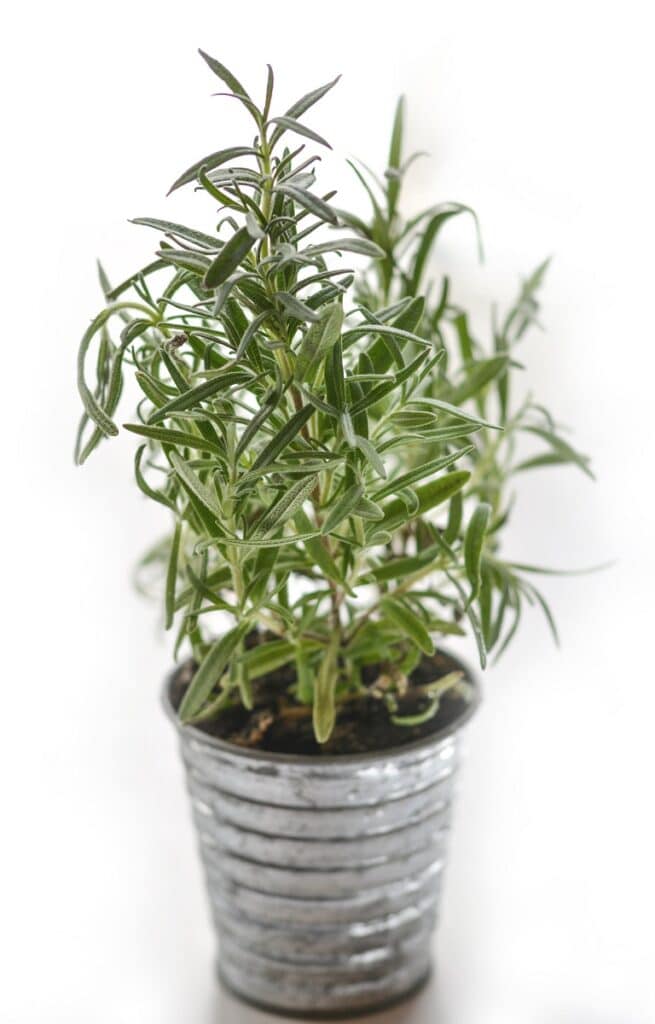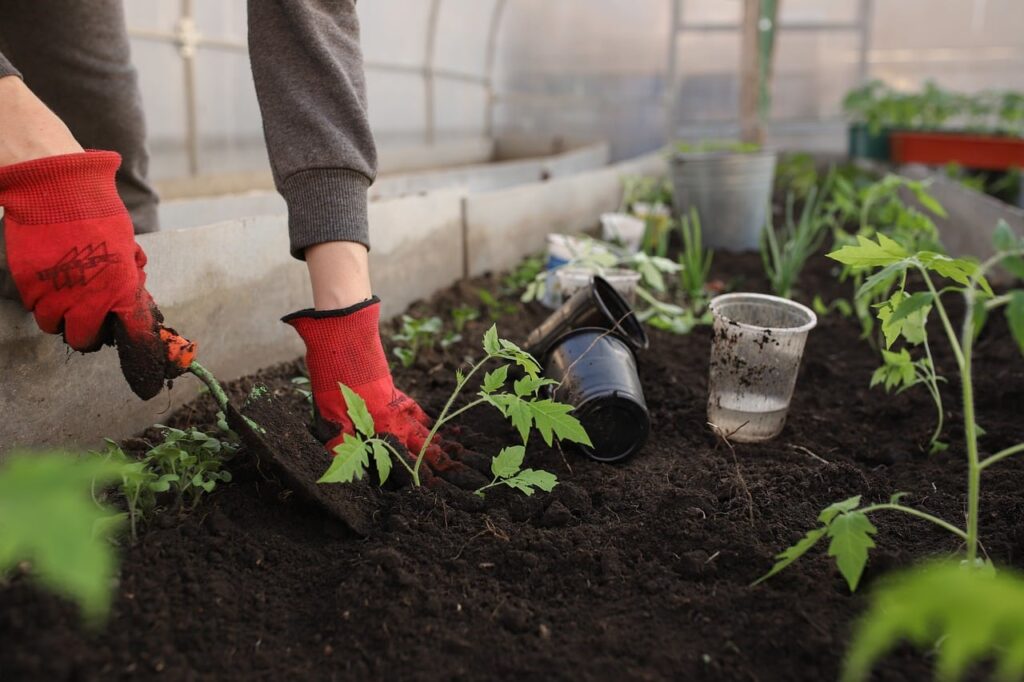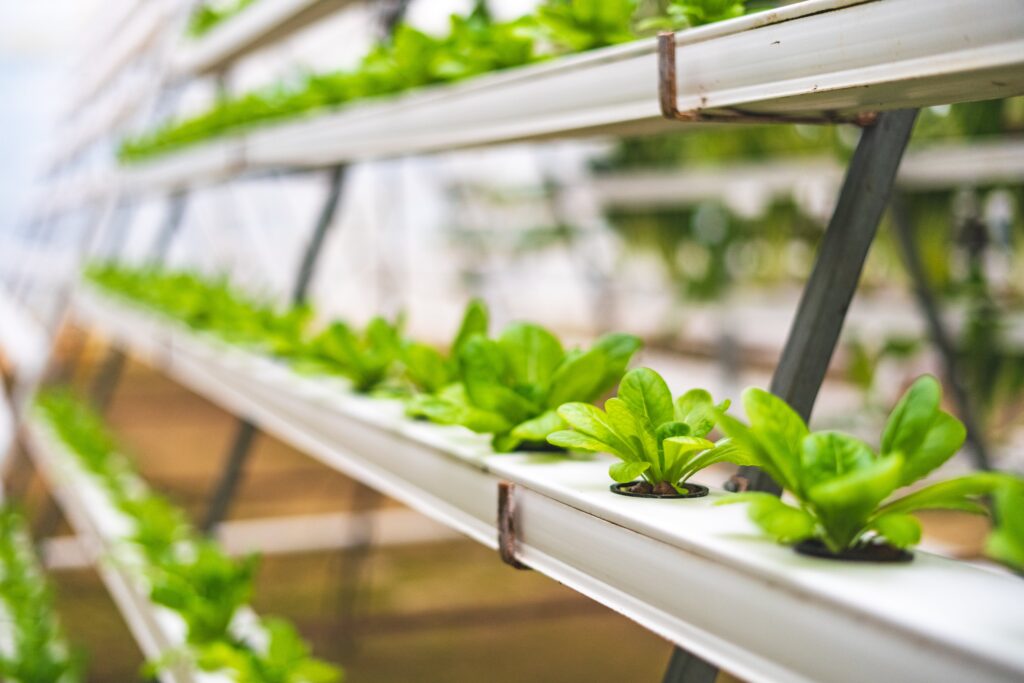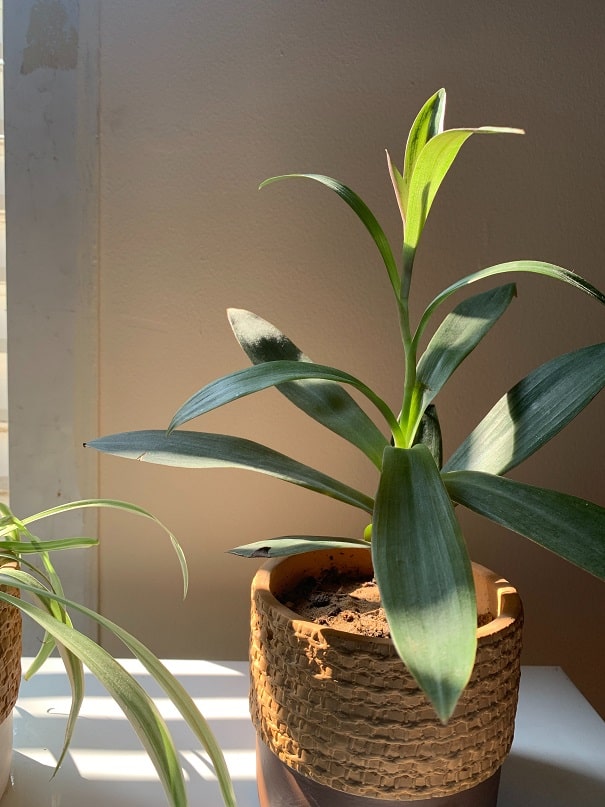So you’ve decided to bring a plant indoors, but you’re unsure how to go about it. Don’t worry, we’ve got you covered! In this article, we will guide you through the steps to successfully bring a plant indoors and ensure its survival in its new environment. From choosing the right plant to creating the perfect indoor conditions, you’ll learn all the tips and tricks to help your plant thrive inside your home. Say goodbye to withering leaves and hello to a flourishing green oasis!
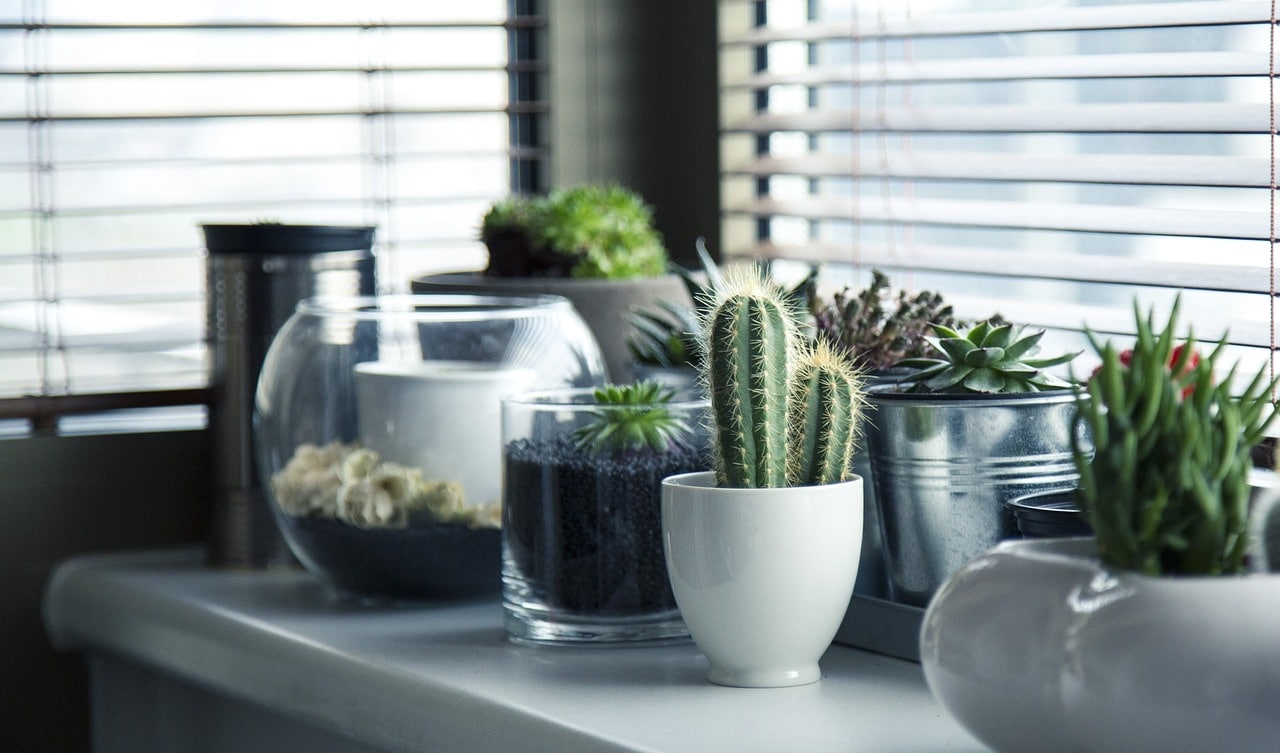
Understanding the Basics of how to bring a plant indoors
Bringing a plant indoors requires some basic knowledge and understanding. The first step is to know what type of plant you have. Some plants thrive indoors while others prefer the great outdoors. It’s essential to research and identify the specific needs of your plant to ensure a successful transition.
Considering your home’s environment is also crucial. Does your home receive ample sunlight? Is the humidity level optimal for plant growth? These factors play a significant role in the health and well-being of your indoor plants.
Lastly, understanding the importance of the adaptation period is essential. Plants need time to adjust to their new environment. Sudden changes in light, temperature, and humidity can shock the plant. By gradually introducing the plant to its new surroundings, you can minimize stress and increase the chances of a successful transition.
Choosing the Right Plant
Selecting the right plant for indoor cultivation is crucial. Some plants are better suited for indoor environments due to their adaptability and tolerance for low light conditions. Research and choose indoor-friendly plants that will thrive in the environment you can provide.
Recognizing healthy plants is another important aspect of selecting the right plant. Look for vibrant green leaves, without any yellow spots or signs of wilting. Healthy plants should be pest-free and have a strong root system.
Understanding the specific needs of your chosen plant is also crucial. Each plant has unique requirements for light, water, and humidity. By familiarizing yourself with these needs, you can ensure that your plant thrives in its new indoor home.

Getting the Appropriate Equipment
To create an ideal indoor environment for your plants, you’ll need the appropriate equipment. Choosing the right pot is essential. Ensure that it has proper drainage to prevent waterlogging and root rot. Consider the size of the pot, allowing enough space for the plant’s roots to grow.
Investing in good soil is crucial for the health of your plant. Indoor potting mixes are specially formulated to provide proper drainage and aeration while retaining moisture. Look for soil mixes suitable for the specific types of plants you intend to cultivate.
Gathering the necessary tools for indoor planting is also essential. Some basic tools include a trowel, garden shears, and a watering can. These tools will help you maintain and care for your indoor plants effectively.
Creating a Suitable Environment
Choosing the right location for your indoor plants is crucial. Consider the plants’ light requirements and place them near a window or in a well-lit room. However, be mindful of temperature fluctuations near windows during extreme weather conditions, as it may affect the well-being of your plants.
Understanding the lighting needs of your plants is essential. Some plants require direct sunlight, while others thrive in indirect or low light conditions. Research the specific needs of your plants and provide them with the appropriate light exposure to ensure healthy growth.
Controlling the indoor temperature is crucial for the well-being of your plants. Most indoor plants prefer temperatures between 65-75°F (18-24°C). Avoid placing plants in areas with drafts or extreme temperature fluctuations, as it can stress the plant and hinder its growth.
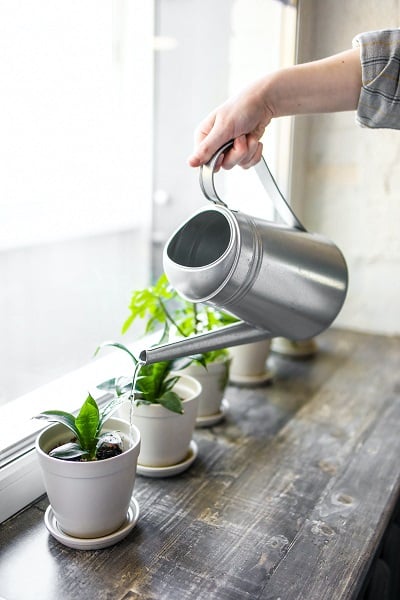
Transitioning the Plant Indoor
When transitioning a plant from outdoors to indoors, it’s important to acclimate it slowly. Sudden light, temperature, and humidity changes can shock the plant and cause stress. Gradually introduce the plant to its new indoor environment by initially placing it in a shaded area, then gradually moving it to its desired location.
The process of repotting is often necessary when bringing a plant indoors. Transplant the plant into a larger pot, following proper repotting techniques. Ensure that the plant is placed at the same level as it was in its previous pot to prevent root rot.
Managing watering needs during the transition period is crucial. Keep an eye on the moisture level of the soil and adjust watering frequency accordingly. It’s important not to overwater or underwater the plant during this delicate transition phase.
Understanding Indoor Care
Understanding the frequency of watering your indoor plants is crucial. Overwatering can lead to root rot, while underwatering can cause wilting and stunted growth. Monitor the moisture level of the soil and water your plants only when the top inch of the soil feels dry to the touch.
Pruning your plants is important for their overall health and appearance. Regular trimming helps remove any dead or damaged leaves, stimulates new growth, and improves the plant’s shape. Use clean and sharp gardening shears to make precise cuts.
Dealing with common pests is a part of indoor plant care. Keep an eye out for common pests such as aphids, spider mites, and scale insects. If you notice any infestation, take prompt action by using organic or natural pest control methods to protect your plants.
Plant Nutrition and Soil
Understanding the importance of plant nutrients is crucial for the overall health and vitality of your indoor plants. Plants require essential nutrients such as nitrogen, phosphorus, and potassium for growth and development. You can provide these nutrients through the careful selection and application of fertilizers.
Maintaining soil health is essential for the long-term success of your indoor plants. Over time, the soil may become compacted and depleted of nutrients. Regularly aerating the soil and adding organic matter can improve soil structure, drainage, and fertility.
When it comes to fertilizers, you can choose between organic or inorganic options. Organic fertilizers are derived from natural sources and release nutrients slowly over time. Inorganic fertilizers, on the other hand, are chemically formulated and provide nutrients quickly. Consider the specific needs of your plants and choose a fertilizer that suits their requirements.
Plant Diseases and Treatment
Recognizing symptoms of diseases early on is crucial for effective treatment. Look for yellowing or browning leaves, spots, mold, or any unusual growth patterns. If you suspect disease, isolate the affected plant and take appropriate measures to prevent the spread of the infection.
Methods of treating plant diseases vary depending on the specific disease. Fungal diseases may require the application of fungicides, while bacterial infections may be managed through pruning and sanitation practices. It’s important to research and identify the cause of the disease before implementing any treatment method.
Preventing common plant diseases is essential for maintaining the health and vitality of your indoor plants. Ensure good airflow around your plants, avoid overwatering, and regularly inspect for signs of pests or diseases. By practicing preventive measures, you can minimize the risk of plant diseases.
Seasonal Care
Different seasons require specific care for indoor plants. During winter, it’s essential to protect your plants from drafts and temperature fluctuations. Consider using a humidifier to combat dry indoor air. Adjust watering frequency, as plants require less water during the colder months.
During summer, managing the temperature becomes crucial. Ensure that the plants are not exposed to direct sunlight during the hottest parts of the day to prevent sunburn. Regularly water and maintain a suitable humidity level for your plants to thrive.
Fall and spring are transitional seasons, and it’s essential to adjust your care routine accordingly. Monitor temperature and lighting conditions as they fluctuate. Gradually adjust watering frequency as temperatures change to ensure optimal growth.
Plant Safety and Children
When learning how to bring a plant indoors, prioritize non-toxic varieties for a safe environment, especially with kids or pets.
Keeping plants out of reach of children is crucial to prevent any accidents or ingestion of harmful substances. Place plants on high shelves or in hanging baskets to keep them away from curious hands.
Teaching children about plant care can be a fun and educational activity. Involve them in watering, pruning, and general plant maintenance under your supervision. This helps instill a sense of responsibility and appreciation for nature in children and ensures their safety around plants.
By following these tips and guidelines, you’ll be well-prepared to bring a plant indoors successfully. Remember to choose the right plant, provide the necessary equipment and create a suitable environment. Transitioning the plant indoors, understanding indoor care, and taking preventive measures against plant diseases are also essential. Adapt your care routine according to the seasons and ensure plant safety, especially around children. With proper knowledge and care, your indoor plants will thrive and bring joy to your home.

